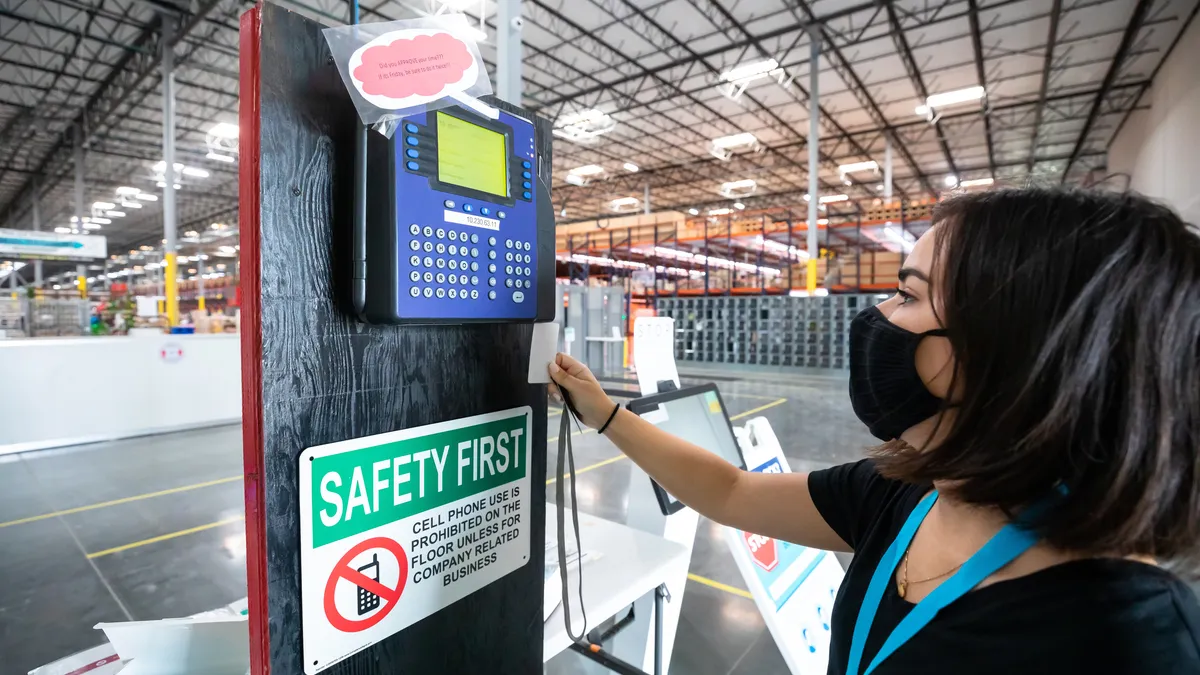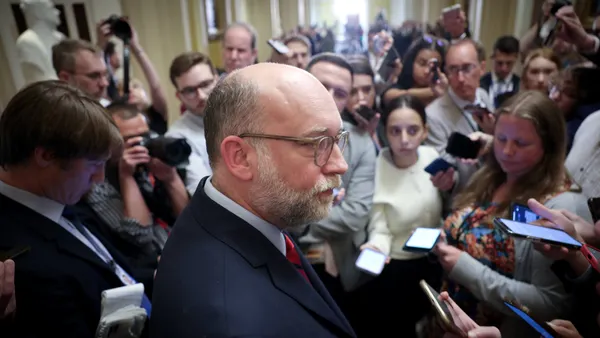Dive Brief:
- The good news is more Americans are using technology to improve access to healthcare and to make more educated choices. The bad news: Most healthcare shoppers have a very limited understanding of basic health insurance terms or the cost of specific medical services, according to a new study from UnitedHealthcare.
- In a landline and cell phone probability sample of 1,011 U.S. adults age 18 and older, only 7% of respondents could successfully define the four basic health insurance concepts: plan premium, deductible, co-insurance and out-of-pocket maximum. More than 60% of respondents successfully defined plan premium and deductible, but they had a tougher time defining out-of-pocket maximum (36%) and co-insurance (32%).
- That's not surprising, considering the same participants prefer other activities to enrolling in a health benefits plan during open enrollment. For example, 25% of respondents said they would rather file their annual income taxes than select a health plan.
Dive Insight:
This survey drives home the reason why employers and healthcare carriers need to focus on simplifying the healthcare experience for people to help them take full advantage of their related benefits. Interestingly, even with technology being as ubiquitous as it is these days, nearly 80% of respondents in the survey preferred speaking directly with a customer service representative when it comes to healthcare enrollment, with email or online chat a distant second at 7% each.
The UnitedHealthcare survey amplifies other research as well. For example, a survey commissioned by Jellyvision, which helps employees better understand their healthcare (and other) benefits choices, found that 48% of employees reported that making healthcare coverage decisions is always “very stressful” for them. Among those whose employer offers health insurance, 41% feel the open enrollment process at their company is “extremely confusing.”
Those two surveys alone make a strong case that HR and benefits leaders have a long way to go before optimizing the benefits enrollment experience. Employers must recognize that the amount of options employees have when it comes to their health and wellness, including HDHPs and EAPs, is often frustrating to navigate.










